Stock rationalisation: Covering all the bases with LED lighting
Andy Douglas, MD, Timeguard
When did you last check how many lines you were carrying for outdoor LED lighting? Do you want to prune the list a little while making sure you always have what your customers need on the shelf? Here’s a checklist that might help.
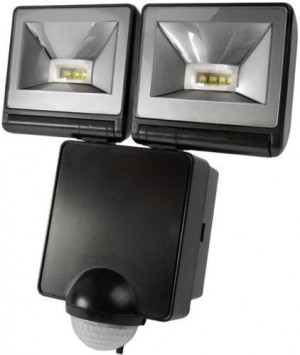
Stock the top brands: These are products that installers fit every day – they really don’t want to have to worry about whether or not the unit they fit will last the course and so you know ‘branded quality’ sells! There really is no need (and no point) in stocking up with cheap & cheerful’s, so why not leave them to the DIY stores. I think professional installers know better than to trust them. I would say, if you don’t know where it’s come from, don’t give it shelf space.
Only stock items with readily available instructions: This may be online and/or on the packaging – but make sure it’s there, that it’s written in plain English and that ratings are stated clearly.
Make a judgement on product design and engineering: Never judge a book by its cover. Looks are increasingly important – we should know, we’ve pioneered some quantum leaps in floodlight design. But do make sure you see beyond the pretty pictures.
The overwhelming trend in recent years has been for LED lighting, especially outdoor lighting, to get smaller. That said, every millimetre in reduced size calls for serious electrical engineering to make sure it all fits – you want to be sure that the manufacturer has invested in that engineering, so you can really trust a product not to let you down– but how can you tell? Branded quality and extended guarantees are clearly going to be good indicators, as is looking for a clear statement on rating – and testing – specifically for LEDs.
I’ve spent quite a lot of time investigating other manufacturer’s products and a rule of thumb I’ve found is cooling fins. LEDs need cooling just as halogens did. If there are no obvious cooling fins, then someone has either not understood the physics or is likely to have cut corners on design.
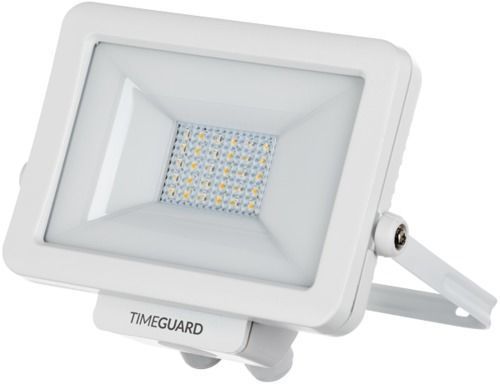
Good design commands better prices and margins: For someone’s home or office, cosmetics do matter. The industry is getting wise to this, but design and re-tooling take time and there have been some pretty-average interim attempts at aesthetics by people who try to catch up without real effort and investment. By all means dump the old and ugly stuff, but be sure that if you replace them with sleek designs, that they are still fit for purpose. So, if you aren’t familiar with a brand, then you may well need to get a sample out of the box and look at it before committing to precious shelf space.
The sleekest design can look clumsy against the wrong background: if the wall or the soffits are white then, for heaven’s sake, find a white light.
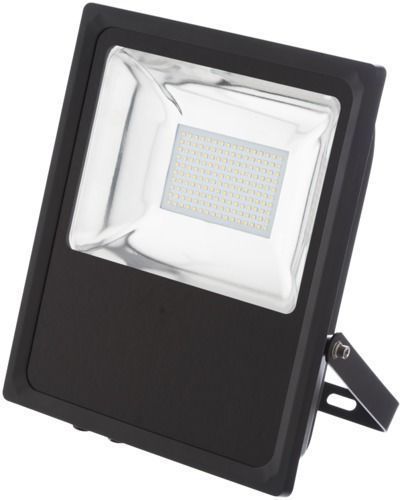
Fit for purpose: When deciding what basic stock to carry, be sure to consider where your customers are installing them as well. We’ve all seen those rust-like marks dripping down below wall-mounted lights. The luminaires may still be fully functional, but they look dreadful. So, in coastal regions you might want to be able to offer them guaranteed corrosion resistance. Do bear in mind that means internal componentry, not just the case and bracket!
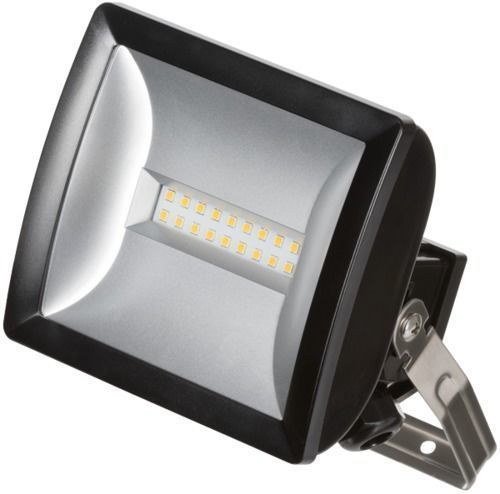
Money savers: For extended or awkward areas, you’ll probably want to look at master and slave combinations to cut your customer’s cost. Here you’ll want to check out the connectivity – how easy will it be for them to loop out? And is the master rated to switch multiple lights?
How much power do they really need to provide? You can offer them all the output options they need without tying up extra cash in stock by offering models to them where you can buy the PIR controller separately and just plug it straight into the right LED light, be it 10W or 100W equivalent or anything between.
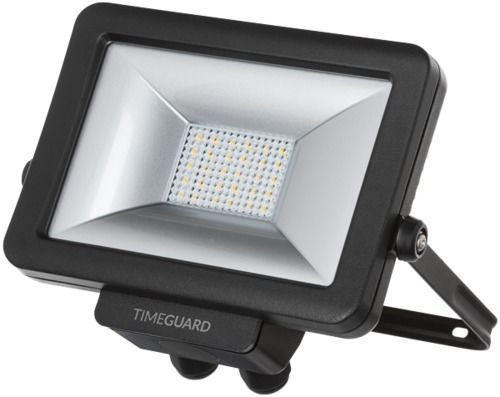
Time savers: They all offer easy installation, it seems. In practise, installing an LED unit is straightforward and easy – the trick is to make it easier. Look for features like decent sized terminals, extra and replaceable knockouts, extra terminals for looping out, separating the light from a lighter-weight backplate, so the heavy and more damage-prone parts can just be clipped in after the wiring is done. None of this comes without some investment in design and tooling, so you can be sure any manufacturer who has actually done it will list the features in their literature and packaging – and the others will be curiously quiet on the matter.
Peace of mind: Long or extended guarantees should be a given these days. I would say not to associate yourself with products that even the importers don’t trust. Those manufacturers who put their names to extended guarantees will not just be shipping in sealed containers on a wing and a prayer, they will probably be heavily involved in the production process and its end-to-end quality.
This article first appeared in Electricians Wholesaler, Autumn 2018.


